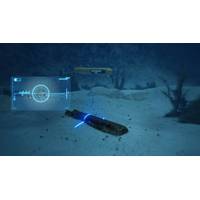
Racing to the Bottom: Seabed Warfare Brings Threats, Opportunities
Cold War, the United States employed highly specialized manned submarines to tap Soviet undersea cables in the Barents Sea and Sea of Okhotsk.Image courtesy VoyisToday, there are 785,000 miles (1.2 million kilometers) of transoceanic undersea cables crisscrossing the globe, transmitting 97% of global voice and data communications, the disruption of which could wreak havoc on everything from financial transactions to military operations. Although not immune to fishing trawlers and seismic instability, seabed infrastructure has for decades enjoyed a veil of invulnerability to targeted threats given its challenging
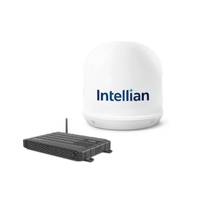
Intellian, Inmarsat Launch New FleetBroadband Terminals
;The FB250 is a multi-functional terminal, either acting as a stand-alone primary communications terminal or combining with Intellian’s market-leading GX60NX and GX100NX to create the perfect Fleet Xpress (FX) solution. The Fleet One terminal is designed to provide an easy-to-install, reliable voice and data solution, targeting for smaller fishing and leisure vessels.Intellian’s FB250 User Terminal is a compact solution for vessel operations, safety and crew welfare, enabling simultaneous voice and data connectivity up to 284kbps. Features include a built-in firewall, analog and digital voice
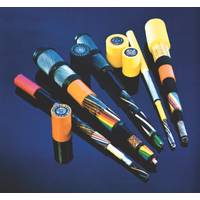
South Bay Cable Celebrates 60
capabilities. Cable Advancements The earliest cable constructions consisted of different types of military specification wire and specialty electrical components, which were designed by South Bay. These components included electrical conductors for power distribution, signal pairs for voice and data transmission and coaxes for video. Many of these early cables were used by the U.S. Military and aerospace industry. Some of these early programs included the ground support cables for the Atlas silos, Americas’ first intercontinental ballistic missile; the second generation of the Minuteman
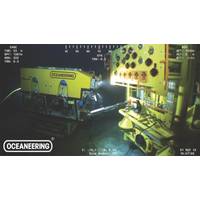
Uncontended Voice and Data Through TDMA Networks
from the VSAT to the hub much faster than a single channel per carrier (SCPC) network. This makes TDMA networks much more appealing when dealing with bursts of traffic or IoT applications. Oceaneering In one such application, the results are noteworthy. Harris CapRock deploys voice and data services through an uncontended TDMA network with its customer, Oceaneering, to support live video services which are currently utilized for subsea and topside activities offshore. By nature of the work, Oceaneering’s fleet is almost always located in hard to reach areas making satellite
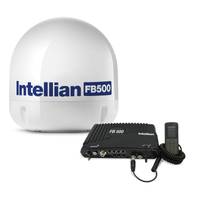
Intellian Debuts FleetBroadband Hardware
Intellian’s GX hardware and are XpressLink systems capable. They all have three-year warranty and all feature fleet tracking and ‘Geofencing’. Inmarsat’s global broadband I4 satellite coverage and are compliant with XL and ATC future services. All three provide simultaneous voice and data service, IP connection for e-mail, Internet, fax and SMS, LAN interface and single-user and multi-user router features, IP Handset interface, matching dome solutions with the Intellian TVRO systems, and are available worldwide from Intellian’s global depots (US, Korea, Netherlands, and
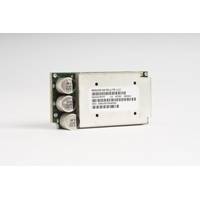
Iridium Delivers Smallest Voice & Data Module
;s Iridium ForceSM vision of bringing vital building blocks to partners who develop innovative, portable communications devices. 26 Iridium development partners, including FLYHT, SkyTrac Systems and Fastwave Communications, have been working with the Company to design Iridium Core 9523-based voice and data communications devices. Iridium operates the world’s furthest-reaching communications network, enabling the Iridium Core 9523 to deliver connectivity everywhere through the smallest and lightest voice and data global transceiver ever available. Smaller than a credit


 February 2025
February 2025





